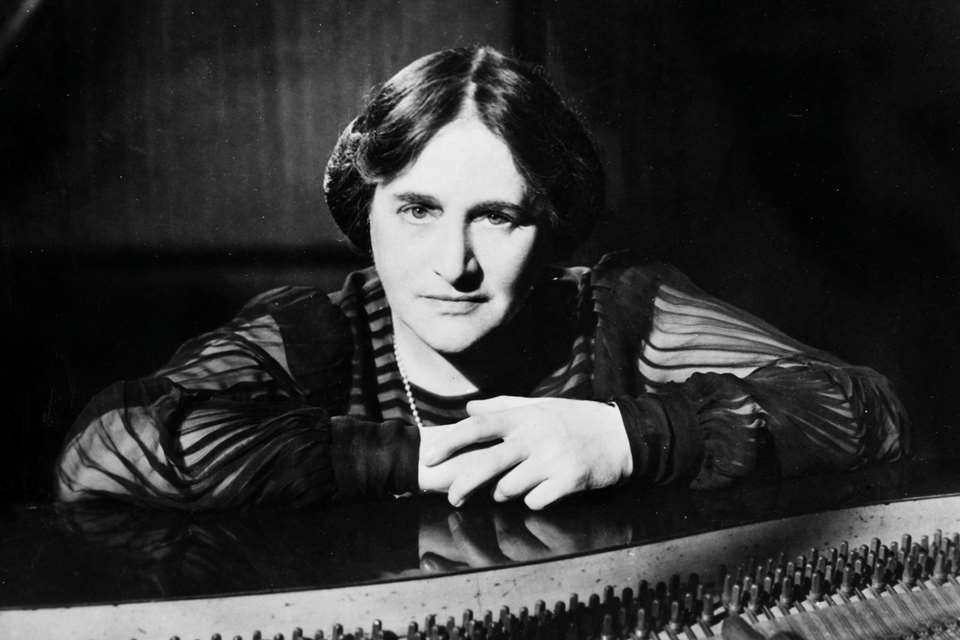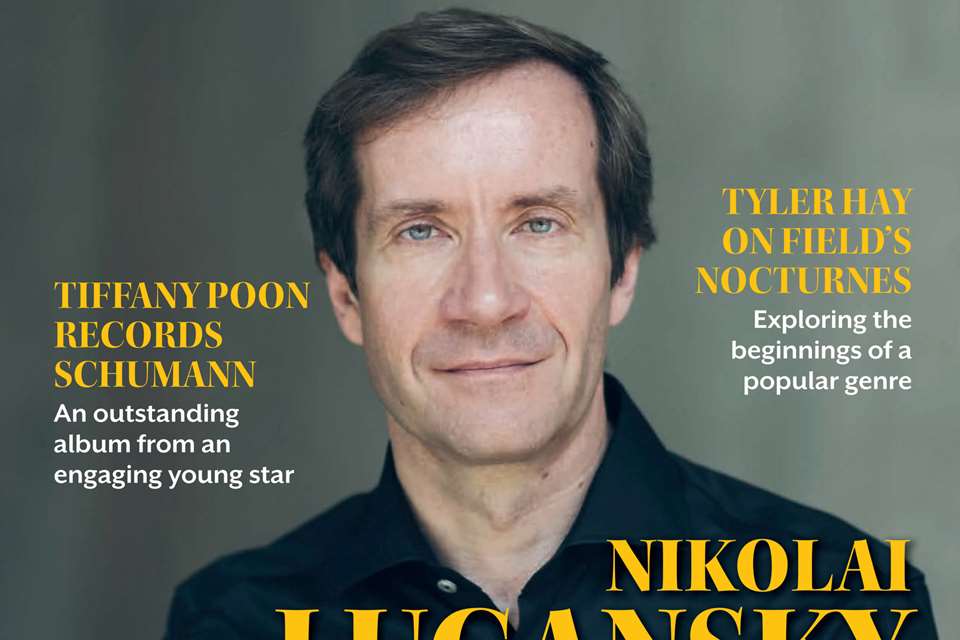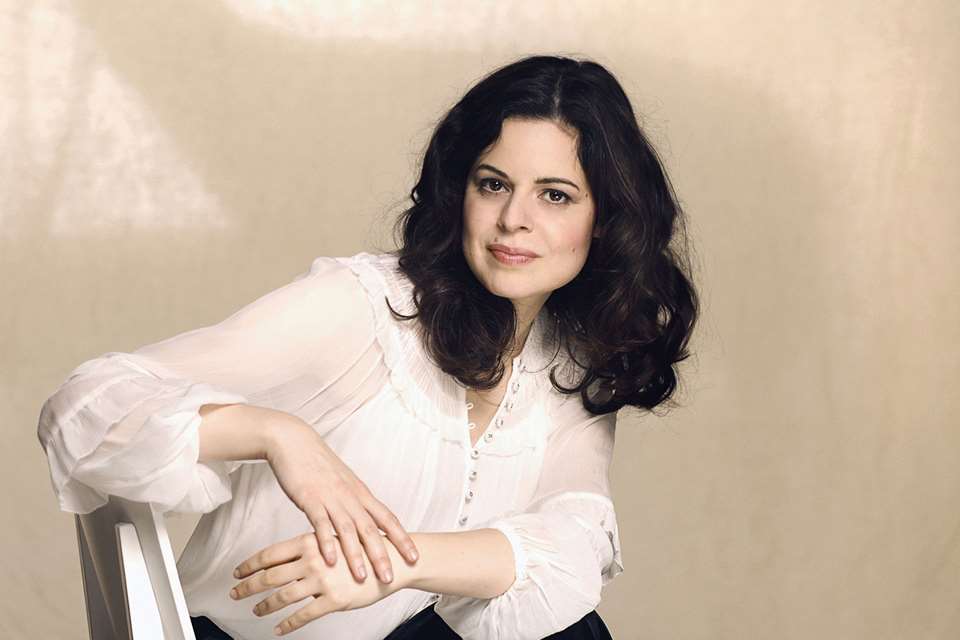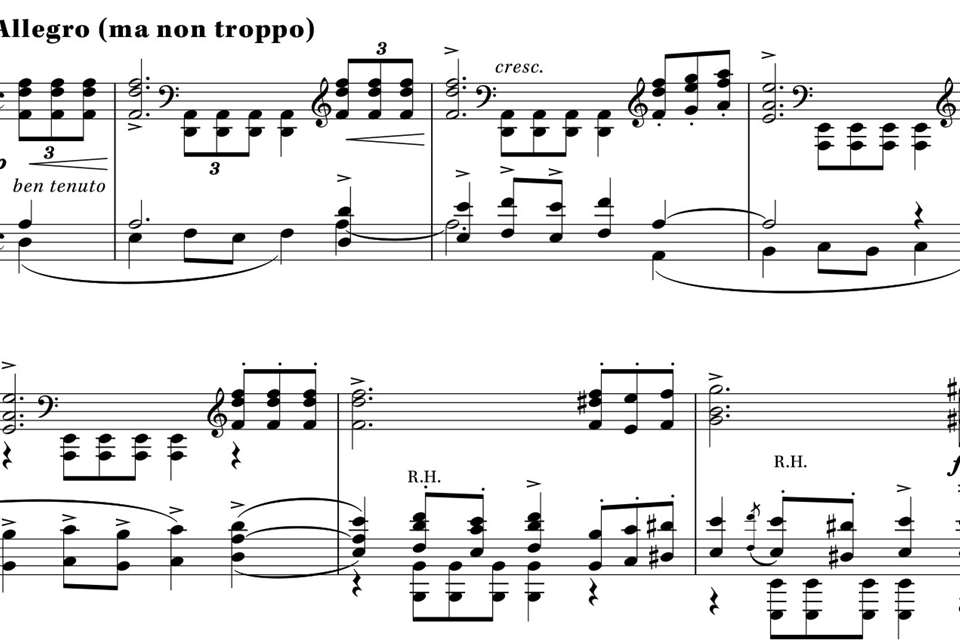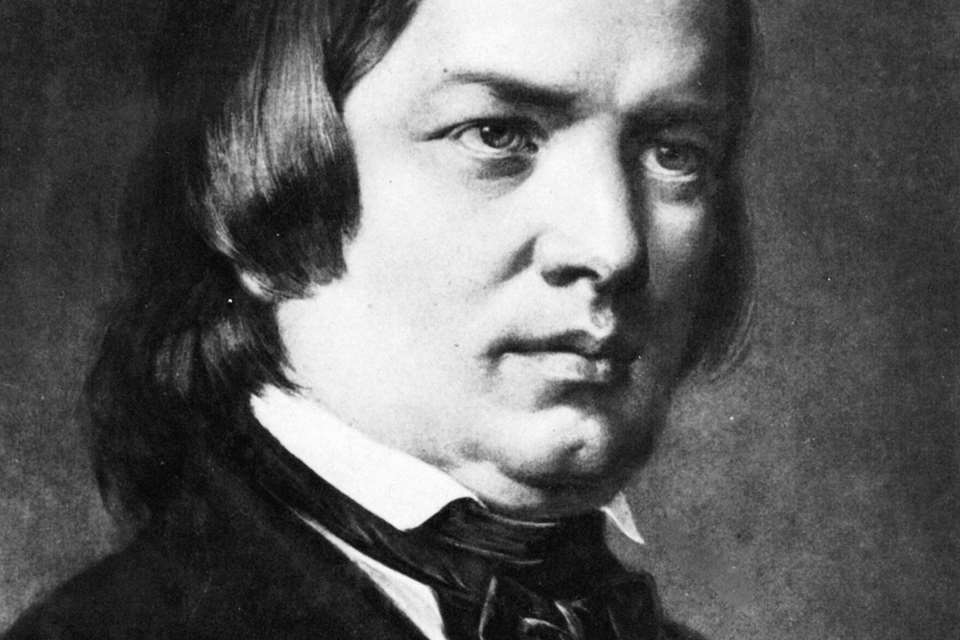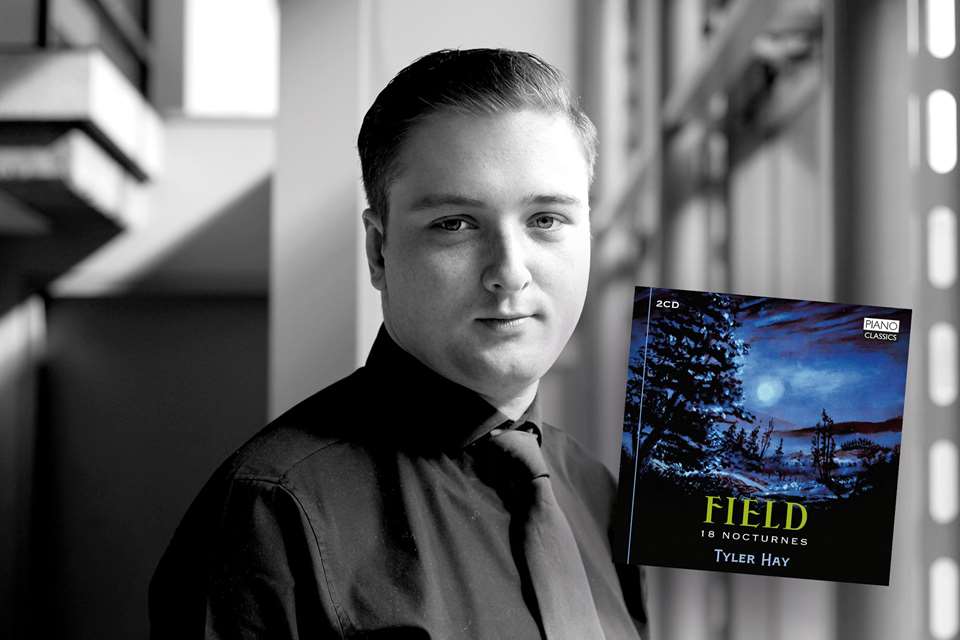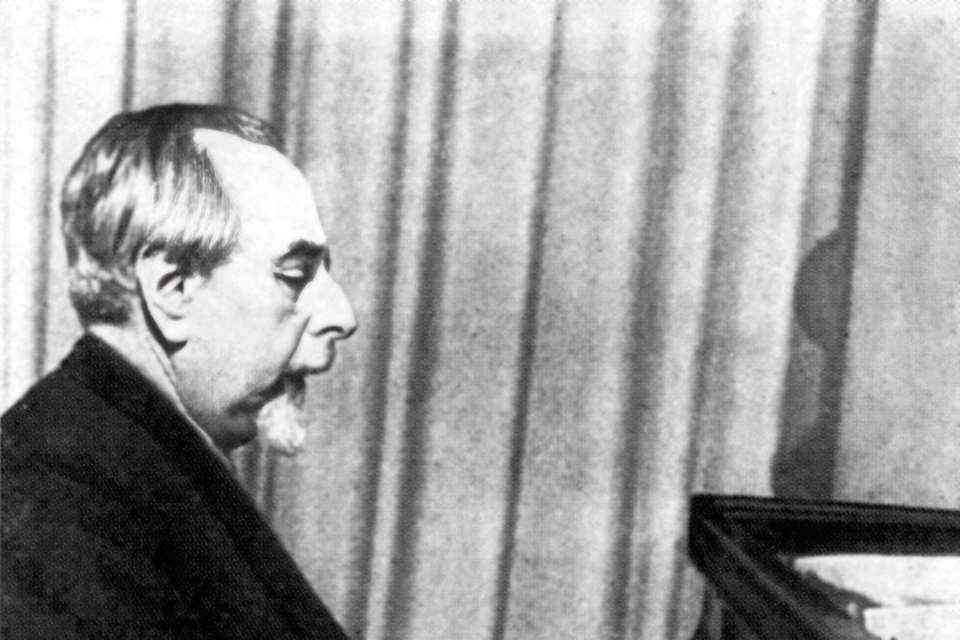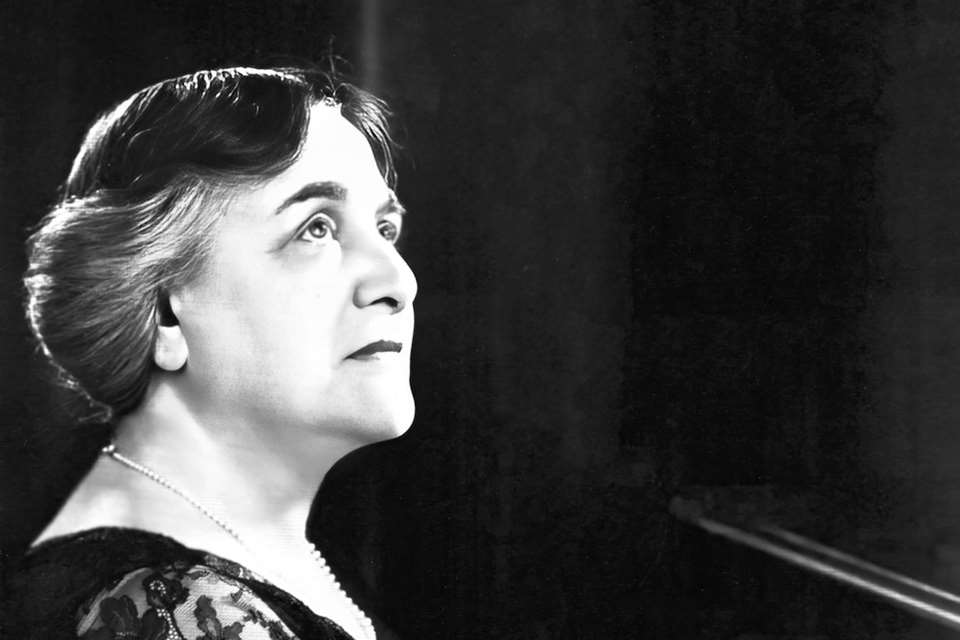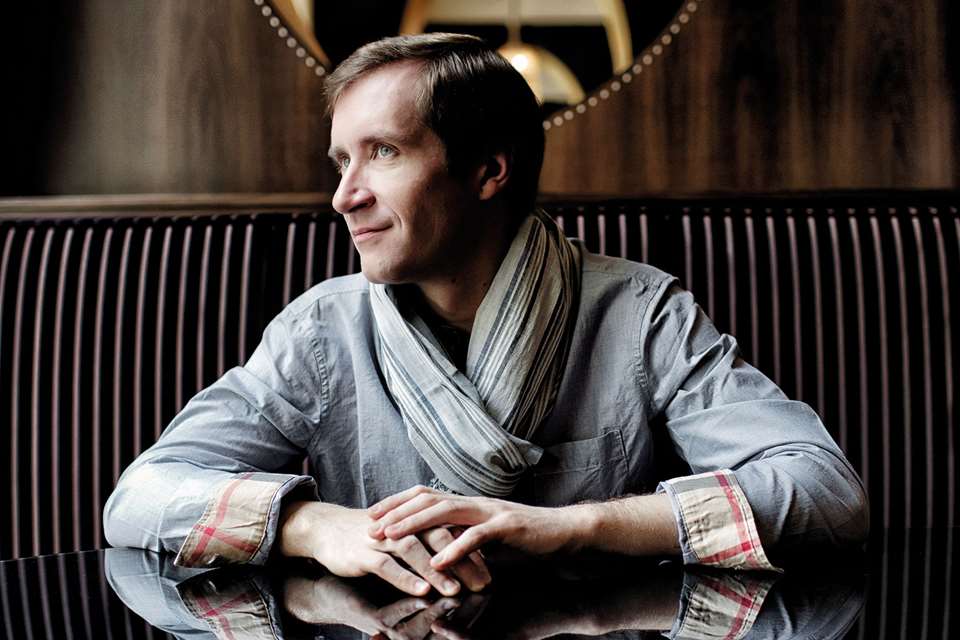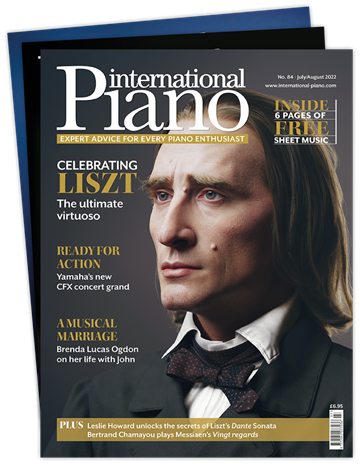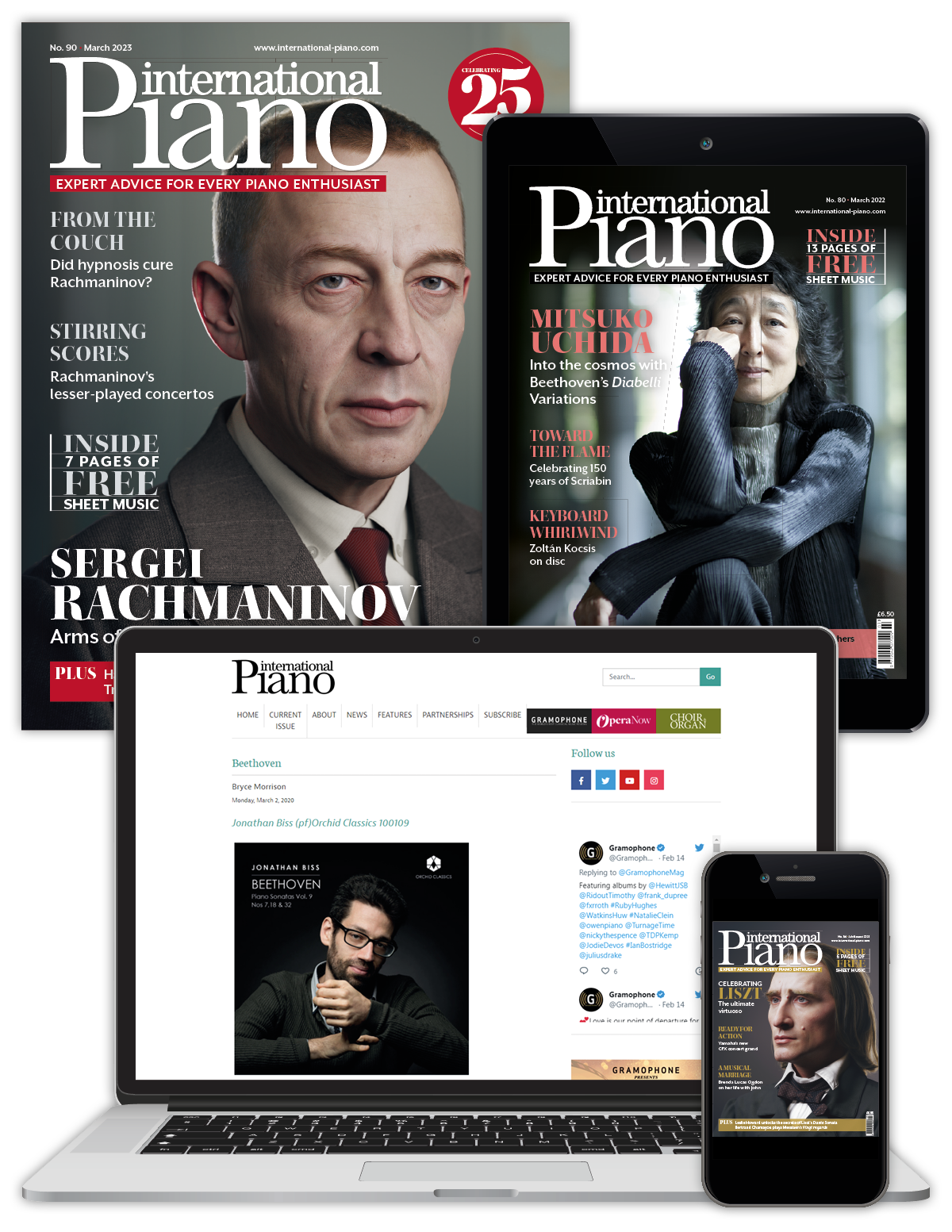Myra Hess: beyond the blitz
Bryce Morrison
Wednesday, March 13, 2024
Bryce Morrison reassesses the legacy of Dame Myra Hess, renowned for her morale-boosting wartime concerts at the National Gallery in London, who struck some listeners more for her refinement than her temperament
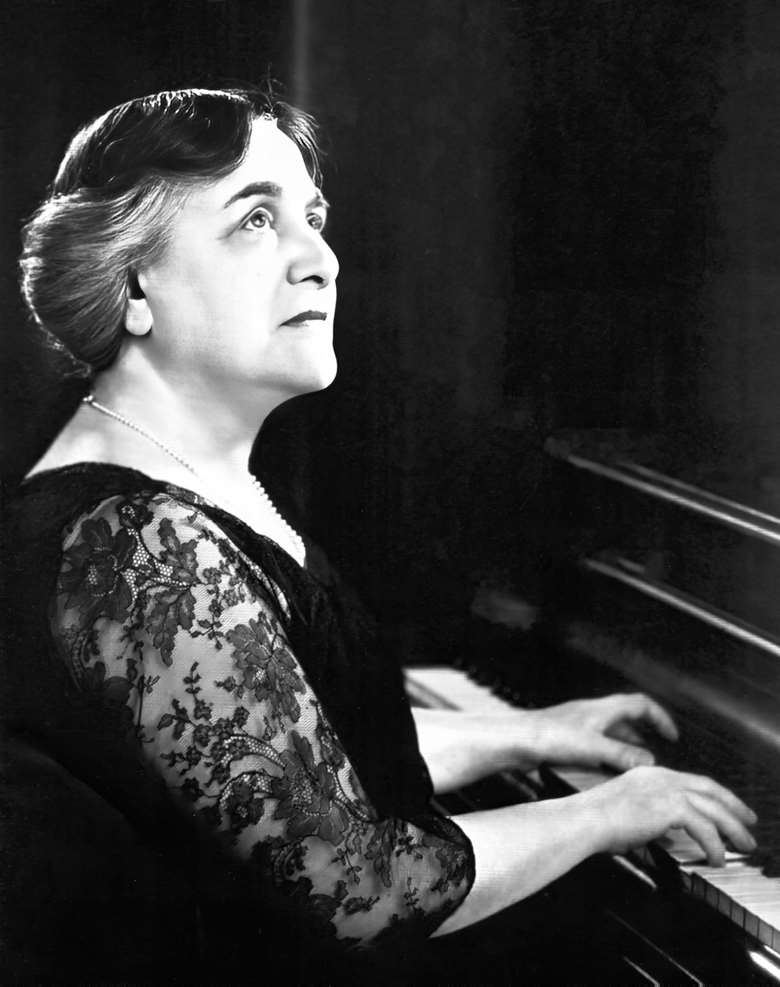
Register now to continue reading
This article is from International Piano. Register today to enjoy our dedicated coverage of the piano world, including:
- Free access to 3 subscriber-only articles per month
- Unlimited access to International Piano's news pages
- Monthly newsletter




